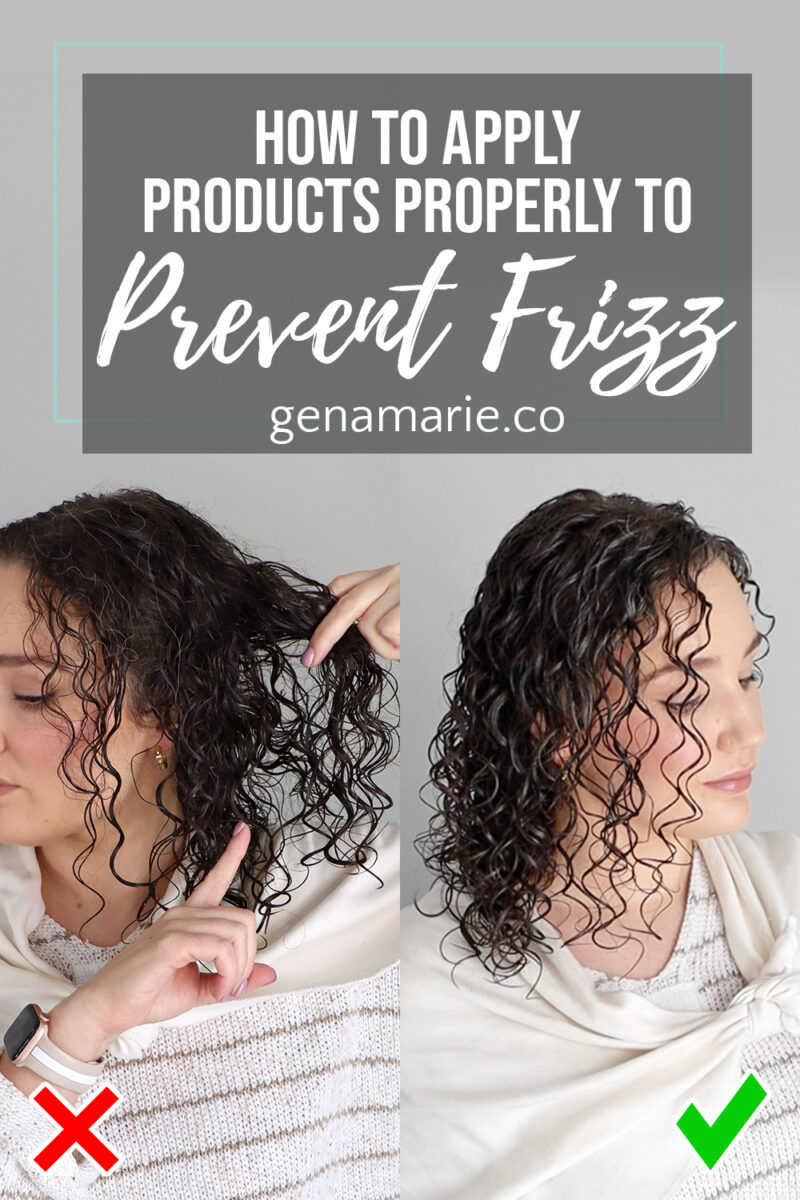
Still Getting Frizz? Here’s How to Apply Your Products Properly for Better Curl Results
If you’re still getting frizz even though you’ve tried so many products, the issue may not be the products at all — it might be
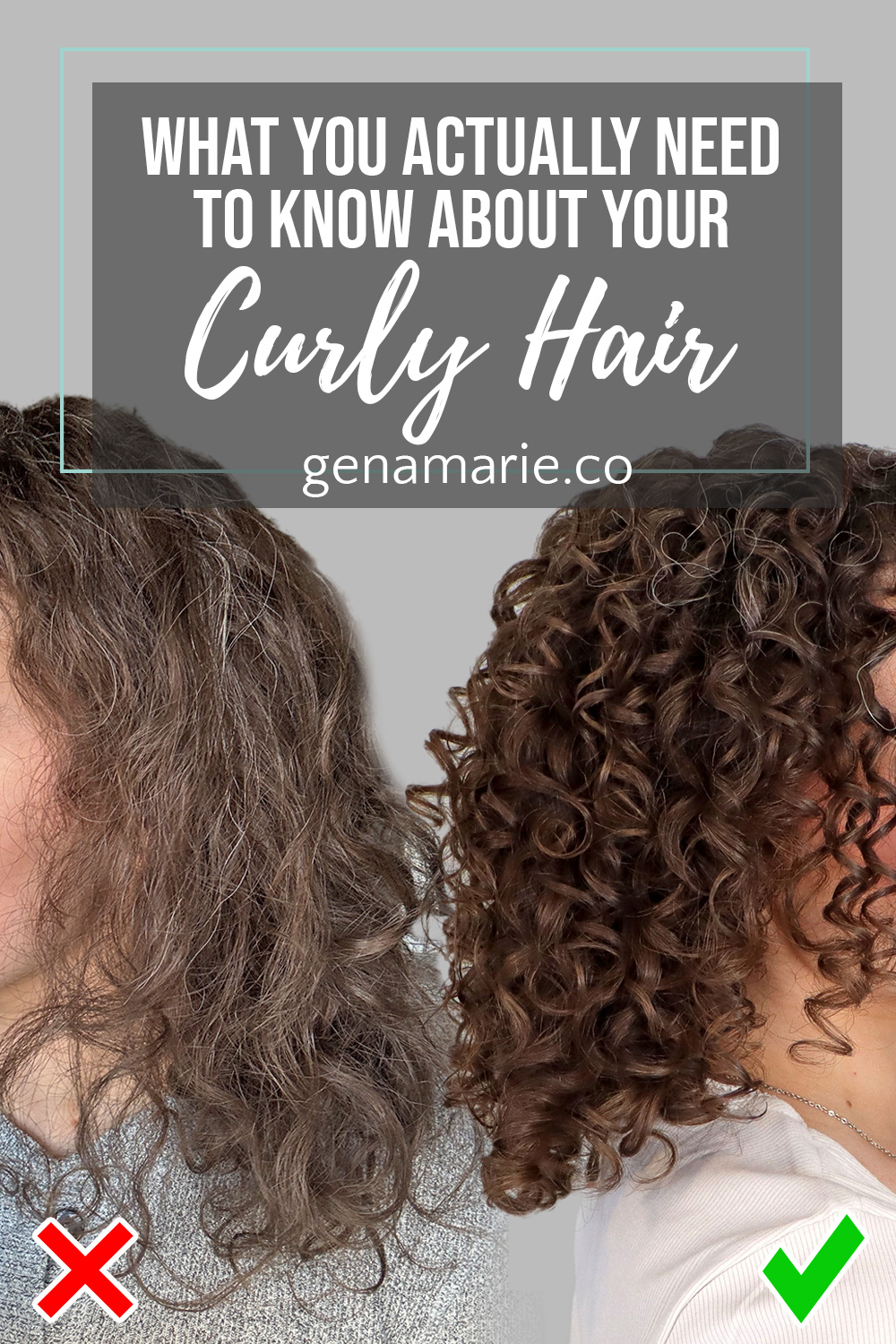
If you can’t wrap your head around your exact curl type, porosity, or the perfect protein-moisture “balance,” that’s ok! The truth is, those things don’t matter nearly as much as you think.
These are the top things people stress about that actually don’t matter. I’m going to share what you should be focusing on instead if you want predictable, consistent results and finally feel confident choosing the right products for your hair.
After coaching hundreds of clients, I’ve seen this over and over. Most people are focused on the wrong things when it comes to building their routine and greatly overcomplicated curl care.
I’m also sharing a styling routine in this video using the Joico gel– details below.
Thanks to marketing and the curl type chart, people love to start with: “What’s my curl type?” or “Am I 2C or 3A?” Your curl pattern alone doesn’t determine what products to use.
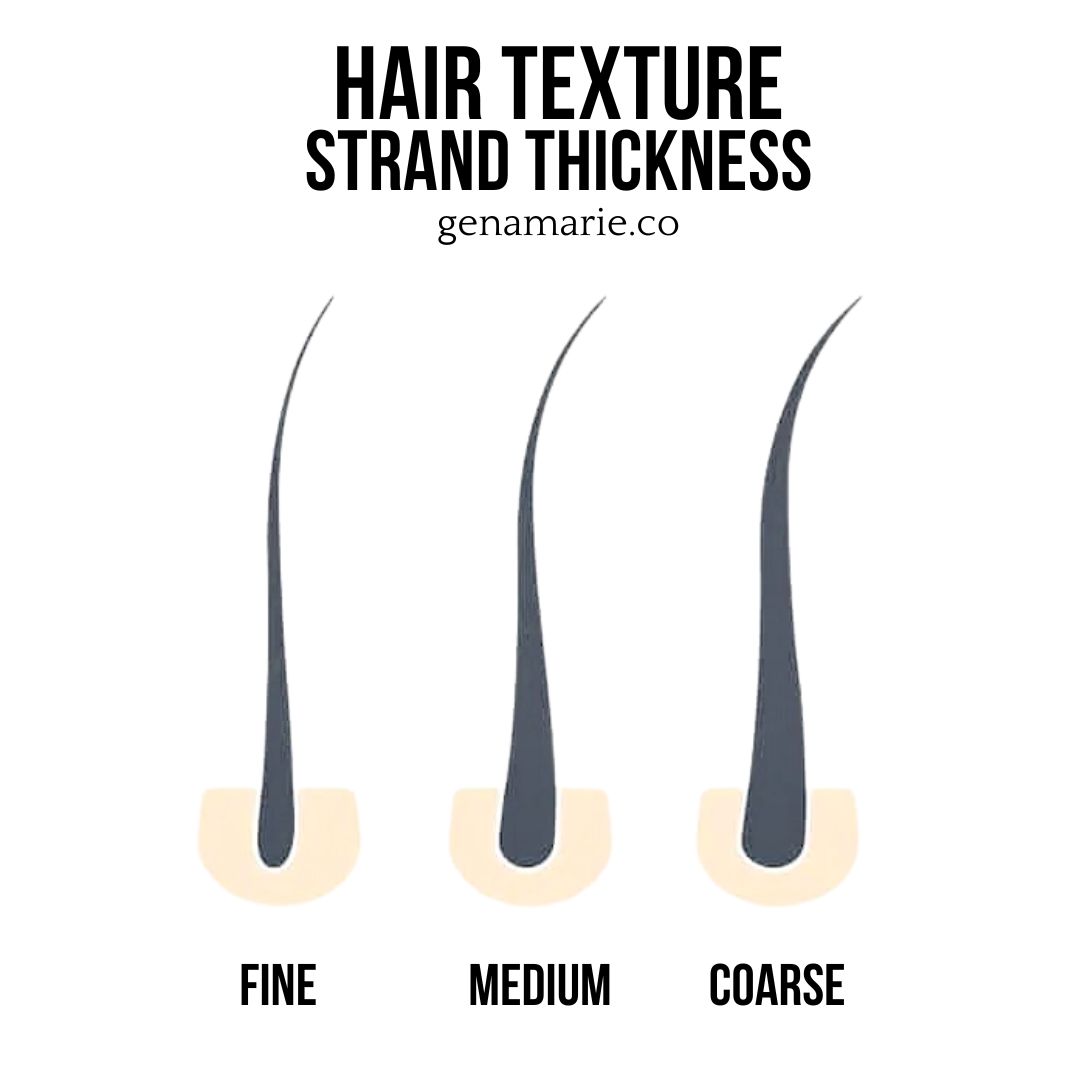
What actually matters is your texture, meaning your strand width – fine, medium, or coarse. Because your texture determines how much conditioning your hair can handle before it gets weighed down
Here’s a quick test: Take one strand of hair and feel it between your fingers.
This test is not 100% accurate because there’s always other variables we can’t control. So the easiest thing to do is just pay attention to the signs and symptoms of each hair texture. Ask yourself:
That’s it – that’s all you need to know to get started!
There are always nuances and sometimes people have a mixture of more than one texture, so don’t stress about it. Choose products based on your more problematic texture, or pick something in between. For example, my hair is medium and coarse textured, so I often go with medium conditioning products.
You can always layer or mix and match products to get the right balance of conditioning and hold (see the routine below for how I layered a cream and gel to get my right balance). Once you know your texture, you can balance the right amount of conditioning and hold which is the foundation for building your routine and the #1 factor in lasting results.
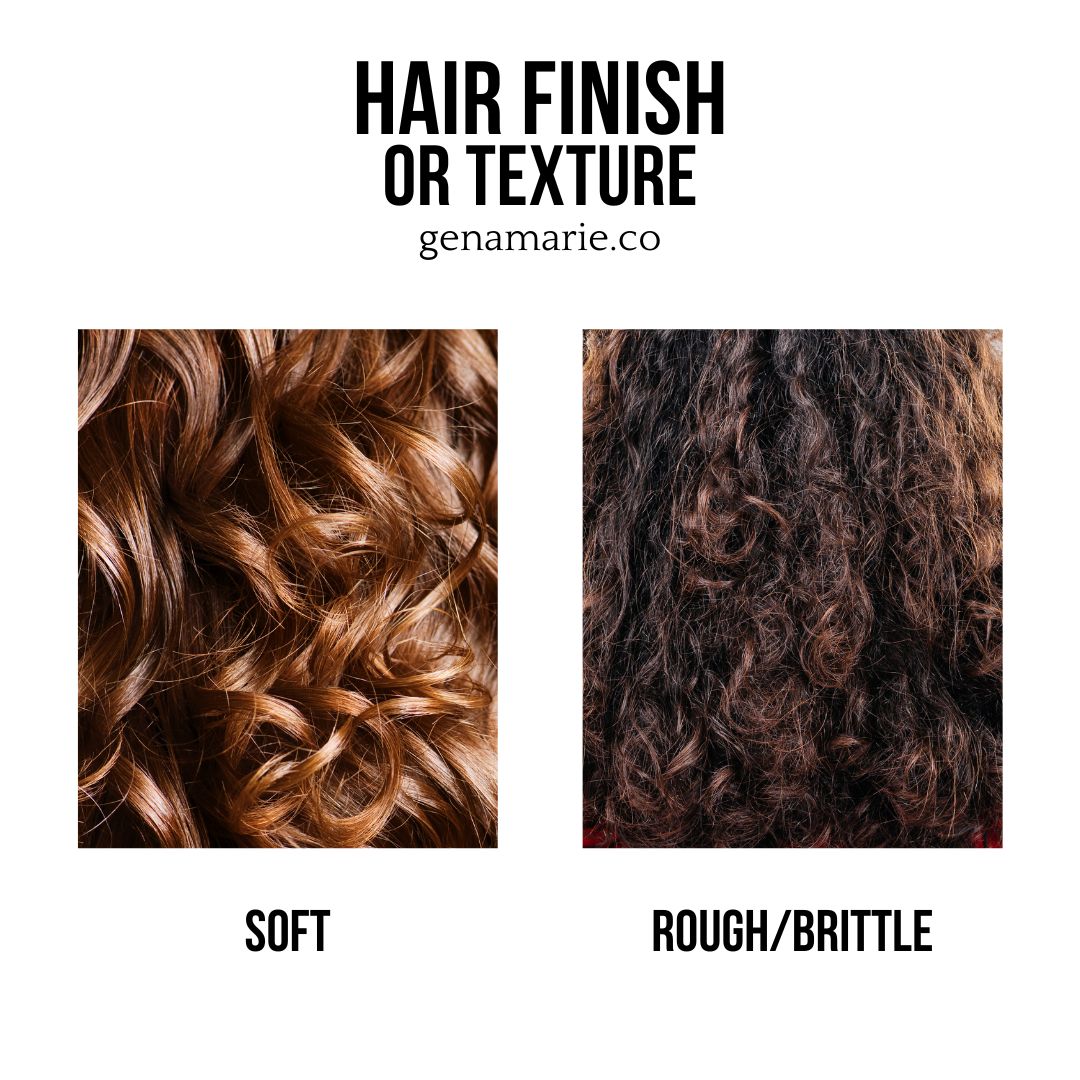
I like to look at something I call your curl finish, which is just the overall feel and behavior of your hair. Curl finish is influenced by a mix of your texture, porosity, and curl pattern — but you don’t have to figure out all three separately.
When you pay attention to how your hair feels and behaves, you already get the answer. For example, if your hair feels soft, slippery, and easily weighed down, that’s a soft-finish curl. If it feels rougher or has more friction, it’s a rough-finish curl.
It’s not about labeling yourself — it’s just an easy way to understand how much conditioning and hold your hair can handle.
Another big one: people think there’s a protein-to-moisture “balance” they need to master, or that their hair needs a precise ratio of protein and moisture products. But it’s really not that complicated. All you’re doing is balancing softness and structure. And protein or moisture overload is simply a form of buildup.
If your hair feels soft, limp, or mushy — it probably needs to be clarified and needs more structure.
If your hair feels rough, brittle, or straw-like — it needs softness.
Instead of overanalyzing, just pay attention to how your hair feels. That’s going to tell you what it needs faster than anything else. This ties into the next misconception — porosity — which people also tend to overthink.
Porosity is not some secret characteristic you need to unlock to understand your hair. Unless you get a hair analysis done by a company like Strandprint (10% off with code GENA10), all other DIY tests, such as the water float test, are inaccurate.

Porosity is simply a measure of damage — how healthy your cuticle layer is. Damage comes from:
High porosity means your hair is more damaged, and the cuticle has cracks, holes, or has deteriorated. If you have highlights or lighten your hair, it’s almost always high porosity. If done any of those other things I listed above excessively, you likely have high porosity ends. In fact, almost everyone has high porosity ends unless you just got a significant haircut and haven’t done anything damaging to your hair since.
Low porosity means your hair is healthy, and the cuticle is intact. Our hair almost always grows out of our scalp with low porosity unless you bleach your roots regularly, because that seeps below the scalp surface and can damage hair within follicles. Most people actually have a mix: low porosity near the roots and higher porosity on the ends.
To figure out your “porosity”, ask yourself, “Have I done anything that would cause damage?”
Everyone can benefit from bond builders — it’s just a matter of how often you use them or how many you incorporate. The more damaged your hair is, the more frequently you’ll want to work them into your routine.
People think they have to change their entire routine based on daily humidity or dew point numbers. Yes, humidity levels impact your results, but you don’t need to completely overhaul your routine every time the weather changes. Most long-lasting gels will work across all climates. Consistency matters more than perfection!
Here’s how to simplify it:
For example:
That’s it. You don’t need to know the exact dew point. Just pay attention to how the air feels and how your hair reacts, then make small tweaks rather than complete overhauls to your routine. This will give you better results that you’re happier with.
In the video, I also styled my hair using the right products based on my hair’s texture, finish, porosity, and my dry climate.
I applied the Living Proof Triple Bond Complex, which also contains a heat protectant. I use it about once per week to maintain strength. Then I used my spray bottle to even wet my hair.
For a cream, I chose the Re:Coil Curl Activator Cream by AG. This is a medium-weight cream that provides some conditioning and a light hold. It does contain protein.
I prefer gels that give strong hold, so I chose Joico’s Joigel Firm Styling Gel. It is a thick gel that contains several proteins. It is high in texture/grit and provides some slip. It pairs well with AG’s RE:coil cream and does great and locking out humidity. This product is great for higher porosity hair, such as those with a lot of damage.
I made sure I wet my hands before applying. I sectioned my hair as usual to ensure even coverage over my hair.
I styled with my Tangle Teezer brush as usual. I also am a big fan of the Bounce Curl Root Volume Clips for keeping my hair sectioned and out of the way during styling.
I used my new Curlfriend Collective Hair Towel to microplop once I was done styling. Then, I mist my hands again with water and glaze a little extra gel to the ends and any frizzy areas.
Next I diffused my hair with the Curlsmith Defrizzion Hair Dryer and Diffuser. This is my favorite diffuser because it dries my hair really quickly without using too much heat. It can cover a large area all at once. I used the scrunch diffusing technique all over, then used the prongs to lift my roots.
Last step – I scrunched out the crunch and did some fluffing all over. Skip this step if you want even longer lasting hold, or if you style before bed.
My hair felt overall really soft and was very clumped and defined with this combination. I had more frizz than when I used this gel alone, especially at the top, where my hair is higher porosity. If you have fine or soft-finish hair, I recommend using this gel by itself and apply it using my Strong Hold Method.
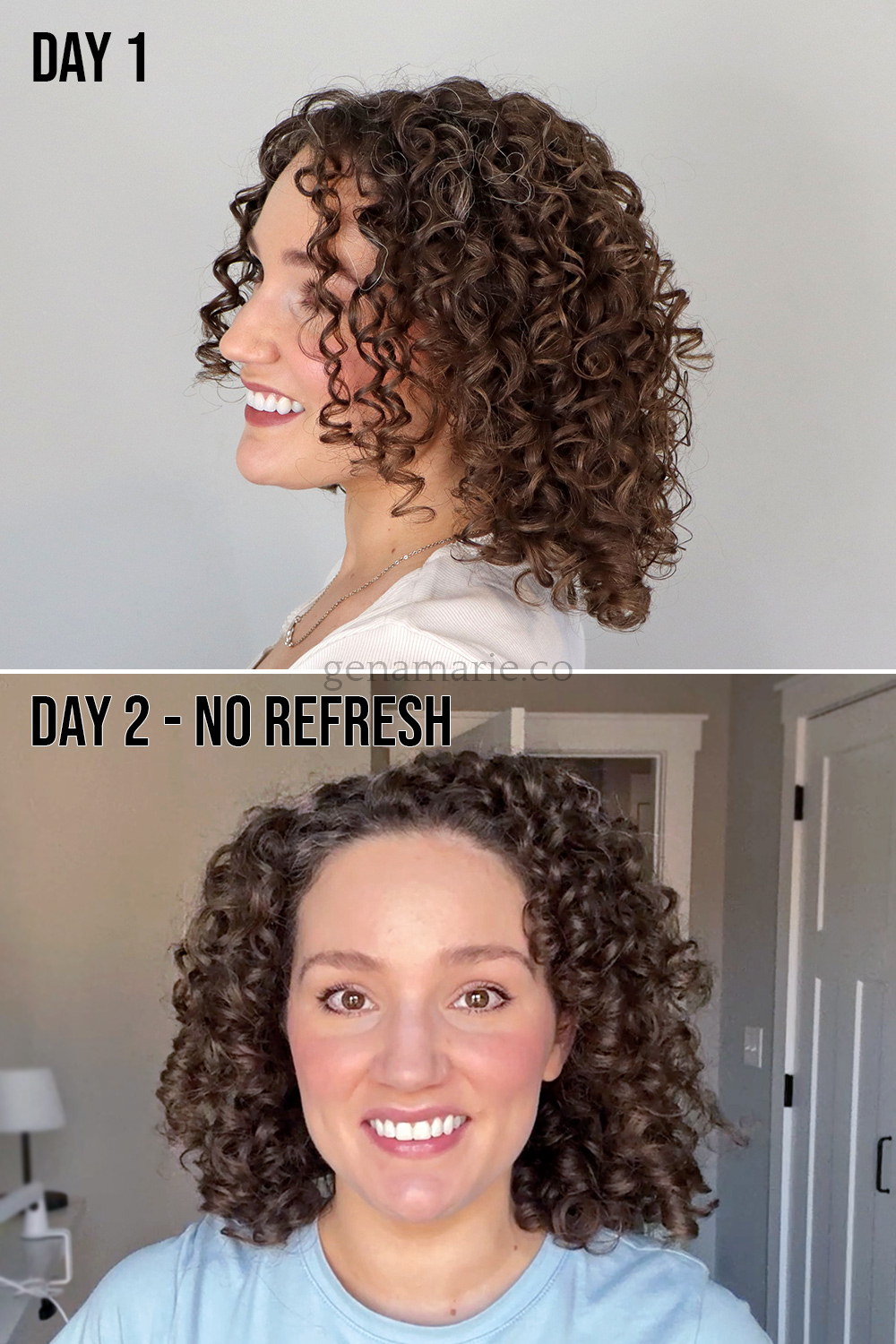
I did not have to refresh on Day 2, which is great! My hair still has decent hold and just normal frizz.
Instead of stressing about curl type charts, porosity tests, or daily humidity number, focus on understanding your texture, how your hair feels, and finding your balance of conditioning and hold.
Once you understand those things, choosing products and building your routine gets so much easier. You’ll know exactly what to look for without needing to follow complicated charts or routines.
If you’re ready for more guidance and want to learn how to test, read ingredient labels, and build a routine that actually works for you, join me upcoming Curl Coaching Program, including my proven process that helps you simplify, choose products confidently, and finally get consistent results.
Discounted early access enrollment is open now, so email me the word GROUP and tell me what you’re struggling with right now. We’ll chat about whether you’re a good fit.


If you’re still getting frizz even though you’ve tried so many products, the issue may not be the products at all — it might be

I’ve rounded up some of my top curly hair and beauty favorites that are on sale for Black Friday and Cyber Monday. I’ve included quick

If you can’t wrap your head around your exact curl type, porosity, or the perfect protein-moisture “balance,” that’s ok! The truth is, those things don’t matter
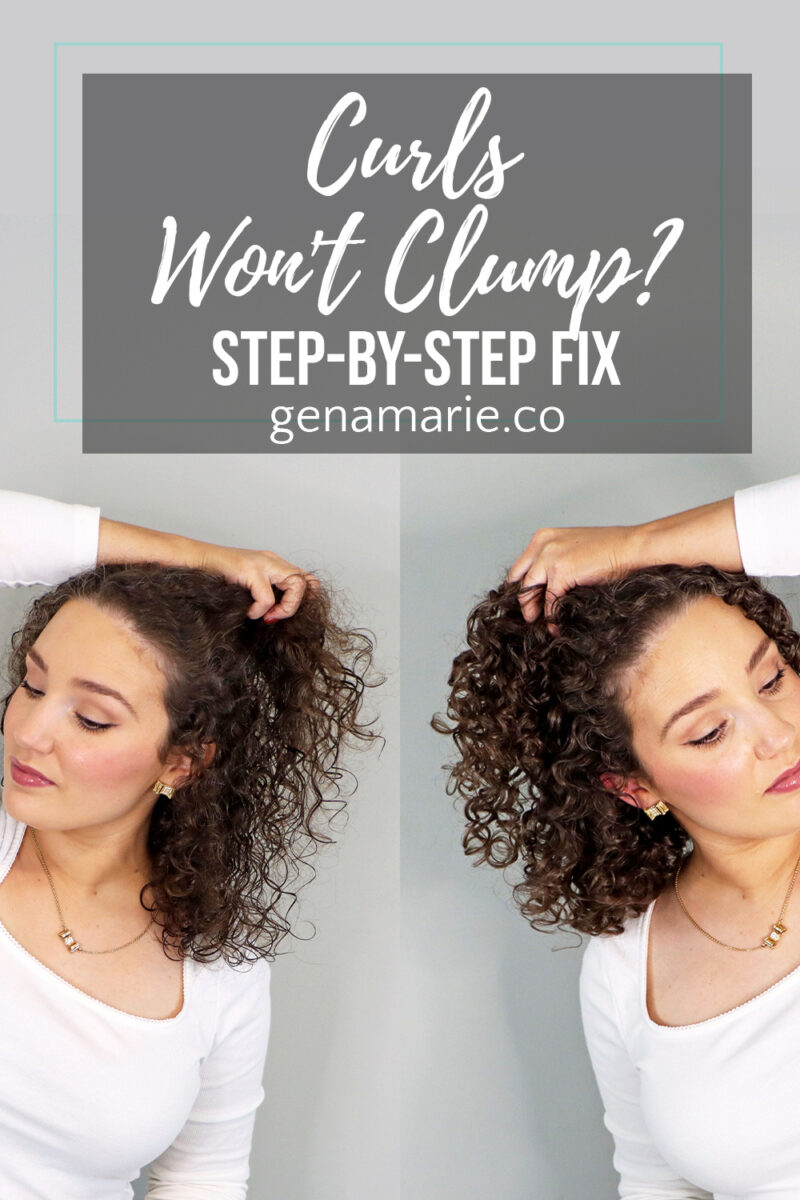
Do your curls separate into stringy pieces no matter what you do? Clumped curls don’t just happen – they’re created through the right prep, product
Notifications